A Comprehensive Guide to Living With Diverticulitis; Signs, Symptoms, Treatment And More
Living with diverticulitis is different for every patient, but it is almost always a cause of discomfort. Diverticula are easily explained as small pockets that sometimes form in a person’s digestive system. It is uncommon for a person to have these in their system, but they develop most often in the colon. While diverticulitis does not always cause suffers any long-term problems, they are quite common with age and can become problematic when they begin to inflame or become infected. Living with diverticula is possible when a person is educated on the causes, symptoms, and treatments available.
Causes Of Diverticulitis
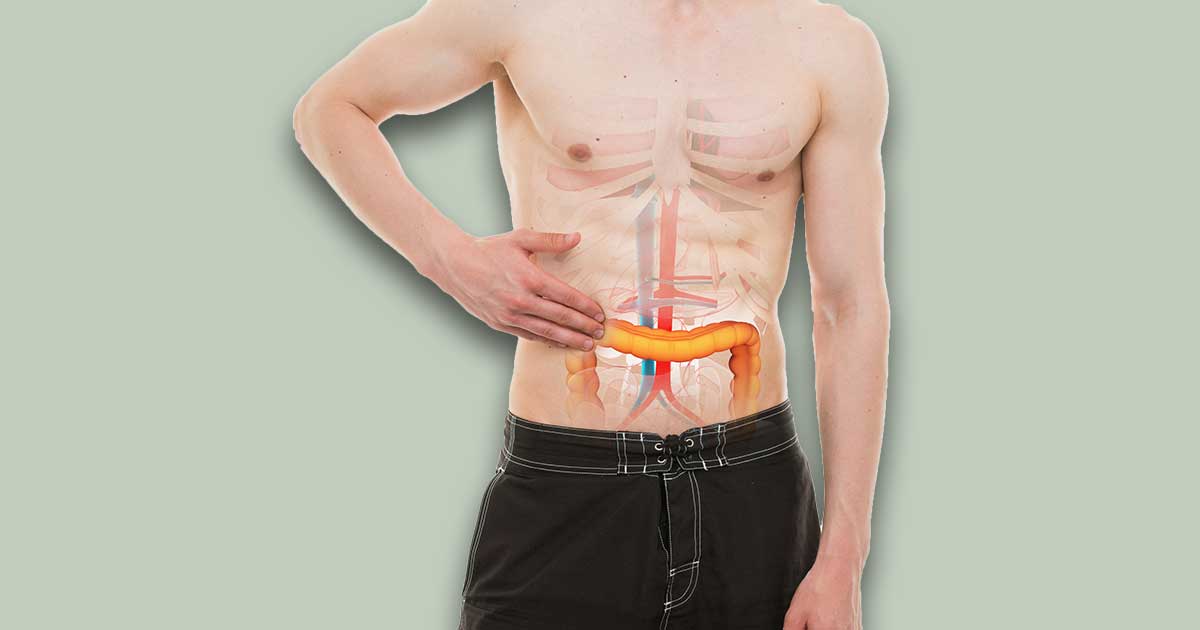
Diverticulitis does not always occur in everyone who lives with diverticula. When a person has these nodules in their colon, it is not a guarantee they will become inflamed or infected; this only occurs if there is too much pressure on the colon. These pockets are weak, and any amount of pressure can cause one to tear or in more severe cases, burst. This causes inflammation and can cause an infection depending on how much bacteria are able to make their way into the torn diverticula. Inflammation due to pressure does not always equal an infection, but it does increase a patient’s likelihood of developing an infection.
Pain In The Abdomen

One of the most prevalent signs of diverticulitis is a pain in the abdomen on the left side of the bodythat lasts longer than several days. It is not nearly as common on the right side of the body, but that does not mean it will not ever occur on the right side. Ethnicity, diet, and other factors play a significant role in the development of diverticulitis on the right side. If this pain lasts longer than a day or two, it is more likely a symptom of diverticulitis than a more common issue such as an upset stomach or constipation.
Nausea And Vomiting
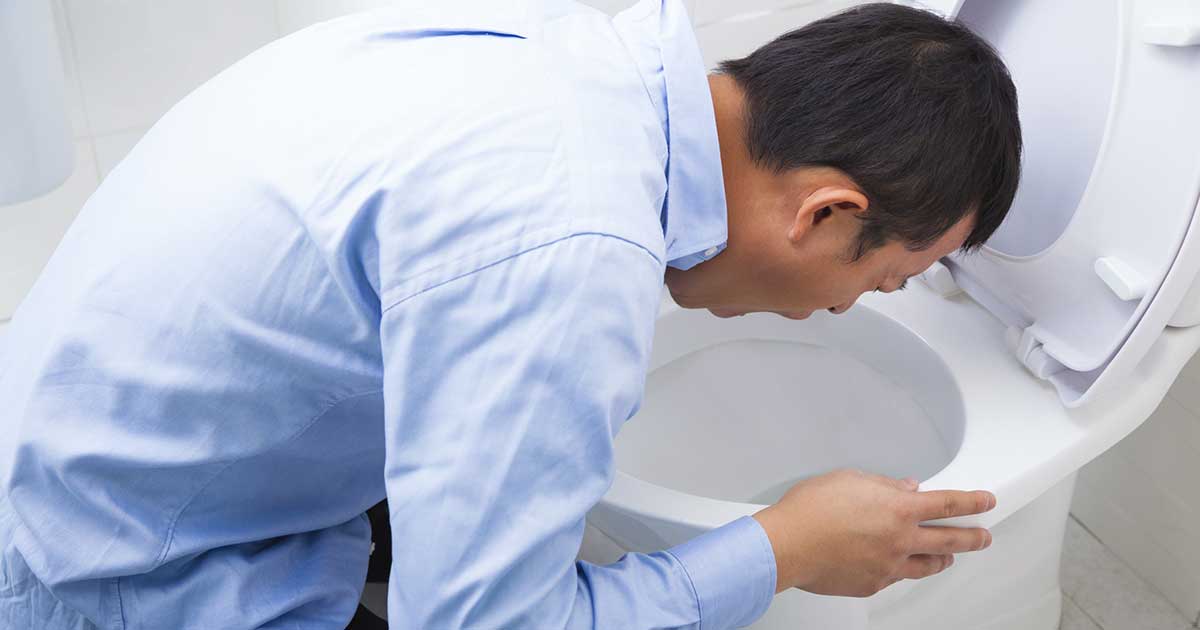
Pain is not the only symptom of this health issue; nausea and vomiting in addition to pain on the lower left side of the abdomen is another telling sign of diverticulitis. Most patients who experience nausea or vomiting as a result of diverticulitis notice it occurs off and on for several days and is accompanied by pain. While these are two symptoms that appear in any number of health-related issues, the presence of nausea and vomiting along with pain is what makes this issue more prevalent. Nausea can and sometimes will occur without vomiting and can still be a sign of diverticulitis.
Other Signs Of Diverticulitis
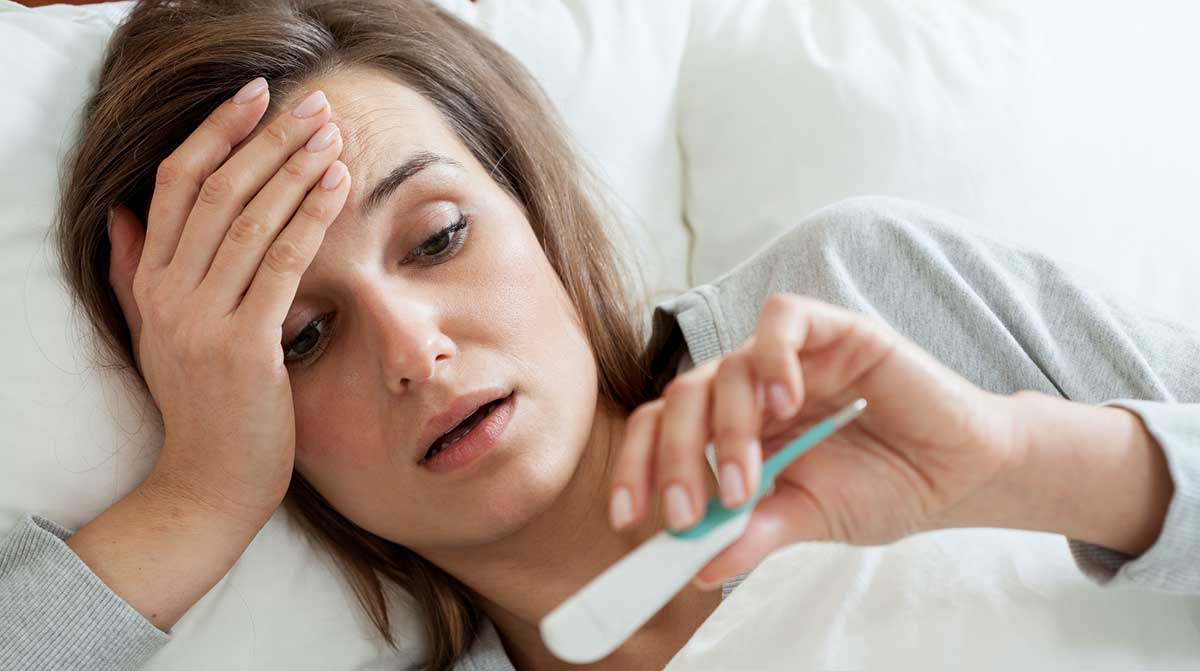
When the lower abdomen is in pain, and there is a presence of nausea and vomiting, it could be accompanied by a few other less common symptoms. They include fever, tenderness in the abdominal area, constipation, and in certain circumstances, diarrhea. Individually, none of these symptoms are an overwhelming cause for concern, however, a patient who notices one or more of these signs along with nausea and vomiting and pain the lower abdomen should contact their doctor right away to discuss the potential for diverticulitis. It is possible that a patient is suffering from diverticula even if they are young and otherwise quite healthy, outside of these symptoms.
Diagnosing Diverticulitis
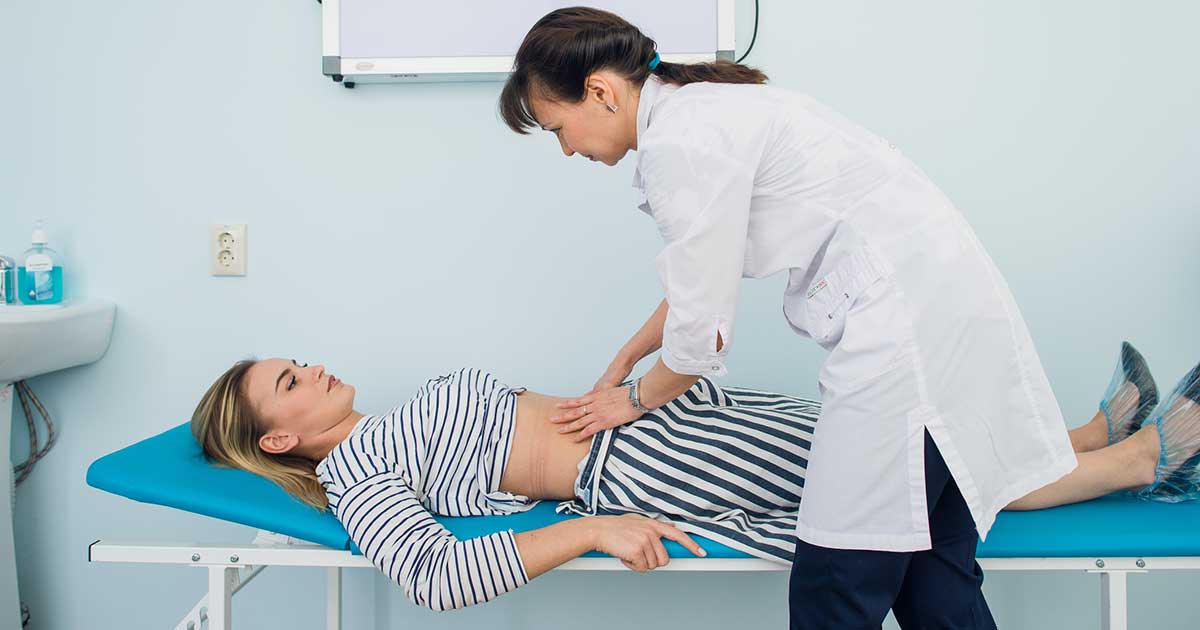
It is not always easy to diagnose this health issue due to the fact the signs and symptoms are not especially unique to this health problem. Medical professionals look for a way to rule out other common causes of these side effects to diagnose the onset of diverticulitis. In order to do so, a doctor must perform an abdominal check to diagnose the issue. Women are asked to undergo a pelvic exam due to the likelihood of pelvic disease as evidenced by these symptoms. If there is tenderness, the doctor will continue the exam to diagnose diverticulitis to begin a treatment plan for each patient with a positive diagnosis.
Additional Testing For Patients With Potential Diverticulitis
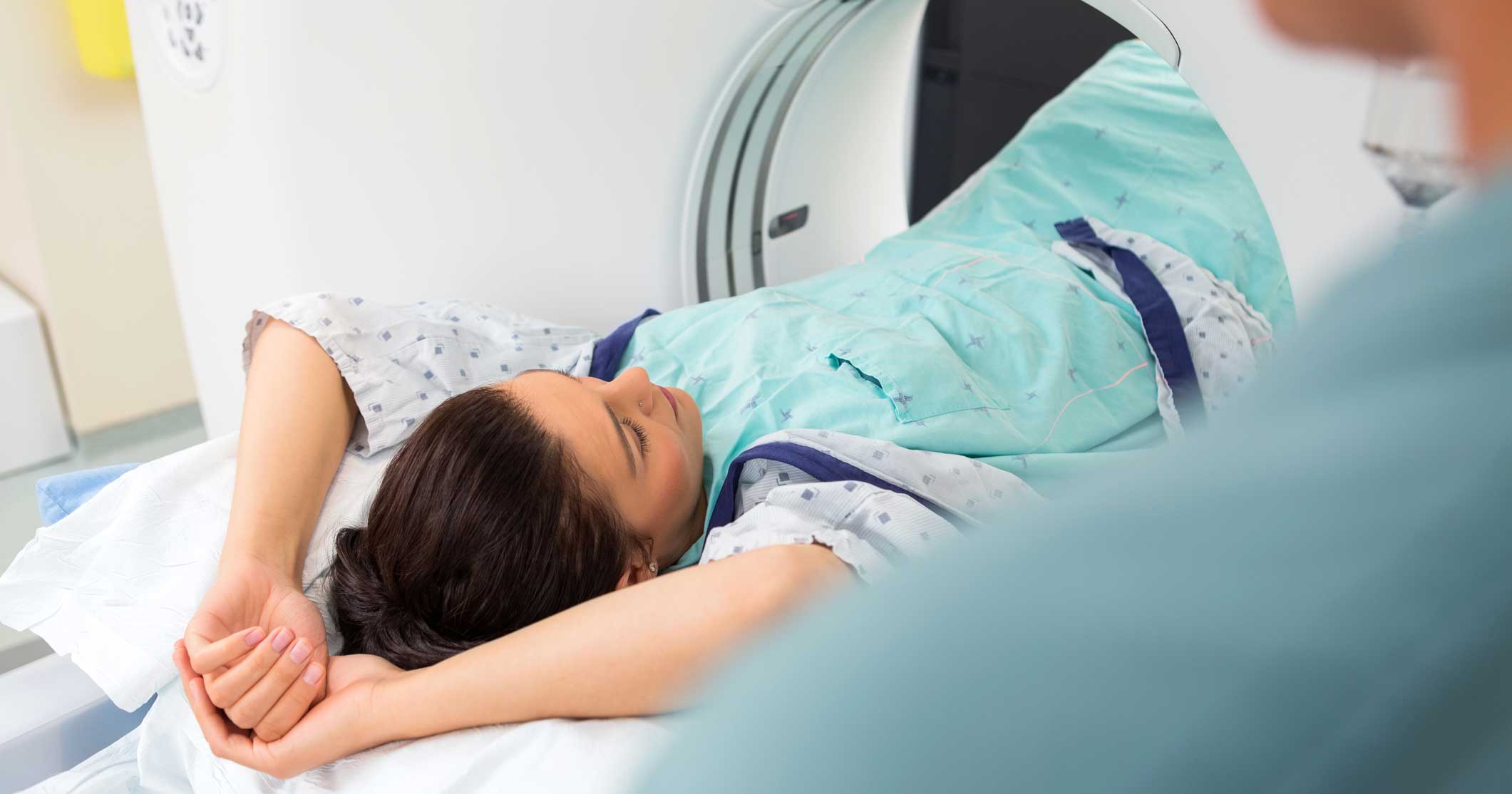
Once abdominal pain is reported in a patient, medical professionals perform several other tests to look for diverticulitis. Blood and urine tests are ordered to check for any signs of infection. Women who are not yet past the age of childbearing are required to take a pregnancy test as pregnancy is a common cause of many of the symptoms of diverticulitis, and it must be ruled out. Stool tests are necessary if any patient presents diarrhea as a side effect, and liver function is tested to rule out more serious health problems. Finally, doctors might order a CT scan to verify the presence of infected pockets around the colon.
Treating Diverticulitis For Minor Infections

If a patient is suffering from only mild discomfort and signs of this health issue, doctors address the problem as a minor issue as well. Antibiotics are typically prescribed for patients with these symptoms as they are effective in managing and flushing the infection from the body. Since the bowels are profoundly affectedby this health issue, medical professionals recommend that patients forgo solid food in favor of only liquids for two or three days while the bowel is healing. A doctor will tell the patient when they may begin to add solids back into their diet based on the presentation of symptoms after beginning antibiotics.
Treating Severe Diverticulitis
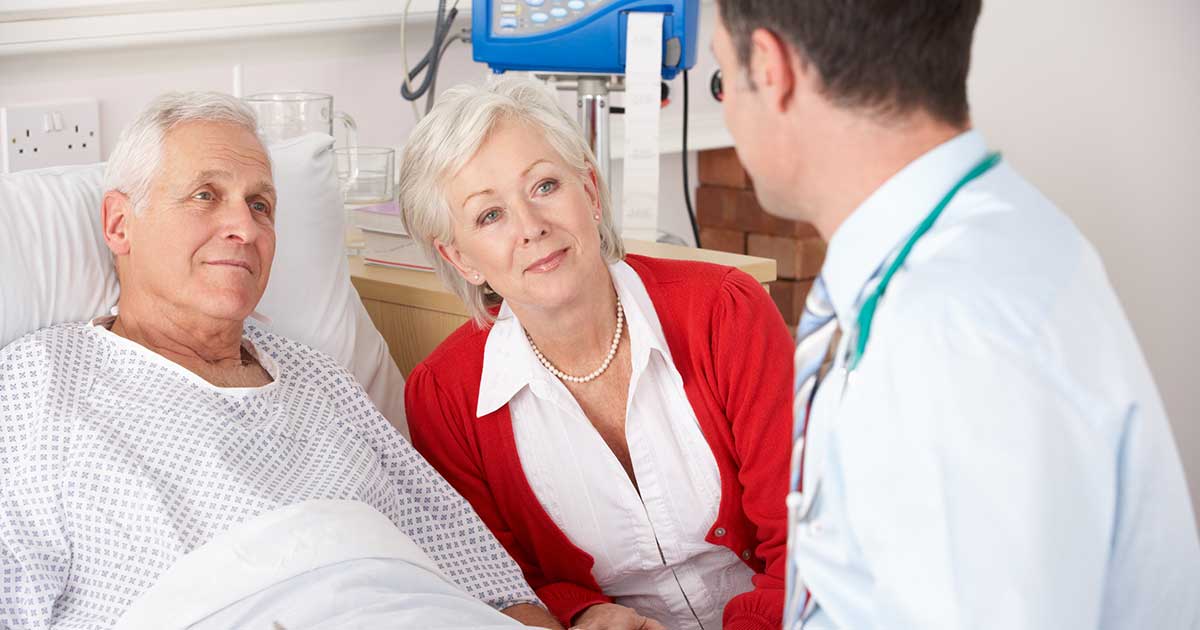
While most who are suffering from diverticulitis experience a very mild version with manageable side effects and few complications, other patients have a worse time living with this condition. Some are already ill with other health issues, have a weak immune system, or a frail body. If this is the case, a doctor will recommend a more aggressive form of treatment that includes antibiotics issued intravenously in the hospital. Severely complicated infections could require patients have a tube inserted into their body to drain the infection from the pockets on the colon if they are present in a CT scan. Although both of these situations are very rare, they do happen.
Surgery For Diverticulitis
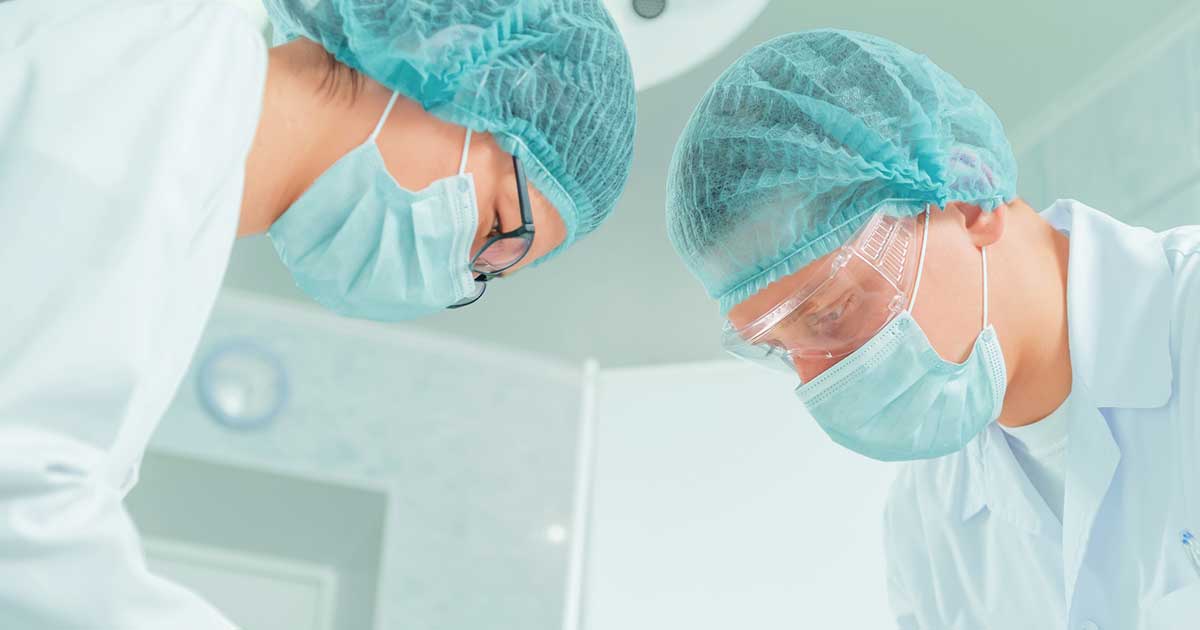
Most patients will not go through a surgical situation to handle their diverticulitis. It is only necessary if the patient also has more significant health issues. Anyone with an auto-immune disease or similar health complications that compromise the immune system will undergo surgery to remove any portion of the intestine with a perforation, fistula, or other diseased areas. The operation used to handle issues of this nature is referred to as a bowel resection. Some patients require an additional colostomy when the infection is so severe it does not allow the colon and rectum to be reconnected. This is a rare phenomenon and is most easily avoidable with an early diagnosis.
Lifestyle Changes Capable Of Preventing Diverticulitis
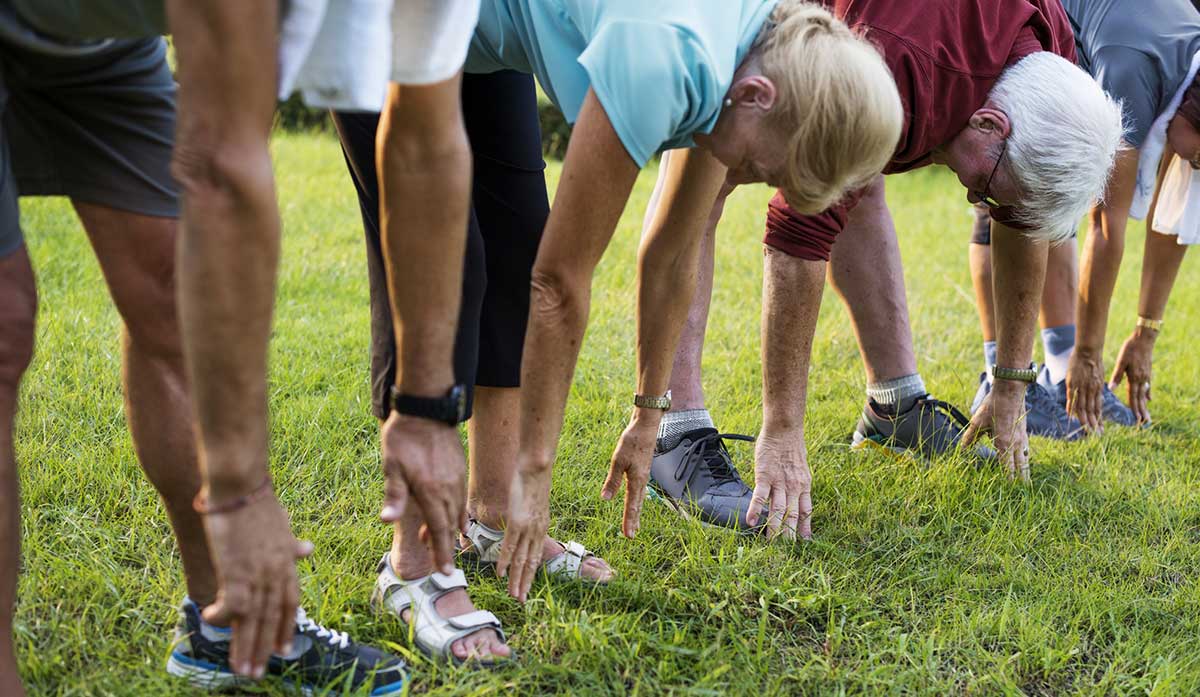
Preventing diverticulitis in many people is as simple as making specific lifestyle changes that include regular exercise. A half hour of exercise each day is enough to avoid many health issues, including weight gain, obesity, heart disease, and diabetes. Consuming more fiber is another easy way to prevent this kind of health complication from occurring. Foods packed with fiber are helpful in the digestive tract as they soften the stool and make it easy to pass. When feces is not stuck in the colon longer than necessary, a person has a smaller chance of suffering from bowel issues and diverticula.
Increased Fluid Intake Is A Form Of Prevention

Medical professionals ask their patients with diverticulitis to increase their daily water intake. If an individual is not drinking the recommended amount of water regularly, they increase their risk of developing these pockets that can eventually turn into pain and infection. Drinking ample water is one way to prevent the backup of waste as well as contributing to the positive effects of fiber intake. Water should be consumed every day even when the patient is not thirsty. A doctor can recommend how much water is necessary for their patient's height, weight, and age to allow for the optimal results.
Living With Diverticulitis

Living with diverticula is not difficult or even something many people are aware of if they have never experienced an infection. Living with this problem is not entirely problematic, provided sufferers are quick to call their doctor for an exam at the onset of symptoms. By making healthy lifestyle changes, patients can help avoid the start of this health problem in the first place. In addition, this condition is much easier to live with and treat when it is diagnosed early on. Not allowing for diverticulitis to worsen will typically help a person heal faster as well as minimize any long-term effects. As long as a patient takes care of their body, their body will take care of them in return.